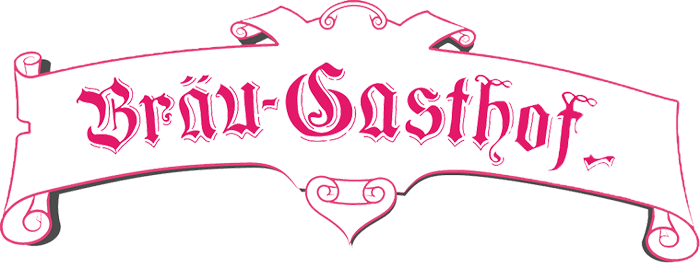Hallstatt on Lake Hallstatt
Up until the end of the 19th century, Hallstatt could only be reached by boat or on narrow mule tracks. In the village there are houses crowded against or above houses between the mountain and the water.
Connections between the tower-like houses standing by the lake were only possible by boat or via the upper path, a narrow corridor through attics.
It was not until 1890 that a road was built to Hallstatt along the west bank, which in parts had to be blasted into the rock. The inhospitable mountain area, which is hostile to settlement, was visited as early as the Neolithic. The reason therefore was the rich natural salt deposits that have been mined for thousands of years. The oldest finds (e.g. an ancient Neolithic shoe last wedge) date from around 5,000 BC.
However, such stone implements were also widely negotiated as thunderbolts in the Middle Ages and modern times. In 1846 Johann Georg Ramsauer discovered a burial ground high up on the Salzberg. One of the first iron smiths was also excavated here.
Lively trade and the associated prosperity enabled the development of a high culture, which was named Hallstatt culture after the findings in the Salzberghochtal. From about 800 to 400 BC the Hallstatt culture, which made the name of the place known all over the world, endured. There is no documentary evidence from Roman times or the early Middle Ages. In 1311 Hallstatt was granted market rights, a sign that the place had not lost its economic importance in the turmoil of the Middle Ages. A brine pipeline has been bringing brine to Ebensee am Traunsee since 1607.
In addition to salt extraction, tourism has played an increasingly important role in Hallstatt since the beginning of the 20th century, due to its picturesque location, its charm and its history.
The late Gothic parish church Maria am Berg https://www.kath.hallstatt.net/sehenswertes/pfarrkirche-maria-am-berg/ completed in 1505, sits enthroned on a rock above the roofs of the village. The mighty tower is the only surviving part of a previous church from 1320. The two-aisled hall church houses the late Gothic St. Mary’s altar as the most important cultural and historical sight. The double winged altar was created around 1515 by the Gmundner sculptor Leonhard Astl. On the north side of the church, at the cemetery, lies the Michael’s chapel with the ossuary, a charnel house from the 16th century. Since then, because the cemetery was too small, after about 20 to 30 years the bones were exhumed, bleached and then painted. Depending on the age and gender of the deceased, ivy tendrils, oak leaf wreaths, and often lovely flowers, such as violets for a young girl, decorate the skulls with names and dates. The ossuary is unique in the world as the bones of entire generations are kept there. A total of 1500 skulls are stacked on the bones of the deceased.
Hallstatt Museum: The museum has a very extensive, valuable collection of finds from the Hallstatt period with the great treasure from the burial ground and provides a historical overview of the diversity of the small mining town.
www.museum-hallstatt.at
A footpath and the salt mountain railway lead up to the Hallstatt burial ground and the salt mine, the oldest in the world.
Duke Albrecht I. of Austria had the Rudolfsturm built, here on the Salzberg, from 1282 to 1284. It was named after his father, Rudolf I. and served as a defensive structure during the salt war against Archbishop Konrad IV of Salzburg. From 1313 until the middle of the 20th century it was the home of the respective surveyor of the mines. Today the tower houses a popular restaurant because of its wonderful view.
A themed trail opens up the Echerntal in a leisurely hike, in the footsteps of painters, writers, artists and nature seekers of the 19th and early 20th centuries, such as Ferdinand Georg Waldmüller, Adalbert Stifter, Friedrich Gauermann and Friedrich Simony.
In winter
Varied ski areas such as Dachstein / Krippenstein and Dachstein West (Gosau), the 11 km long ski run and the freeride arena on the Krippenstein offer unsurpassed skiing experiences. Snowshoeing, ski tours and moon sleigh rides are offered. There are numerous cross-country ski trails, an ice skating rink, and the winter national sport of the locals is called “ice stock sport”.

